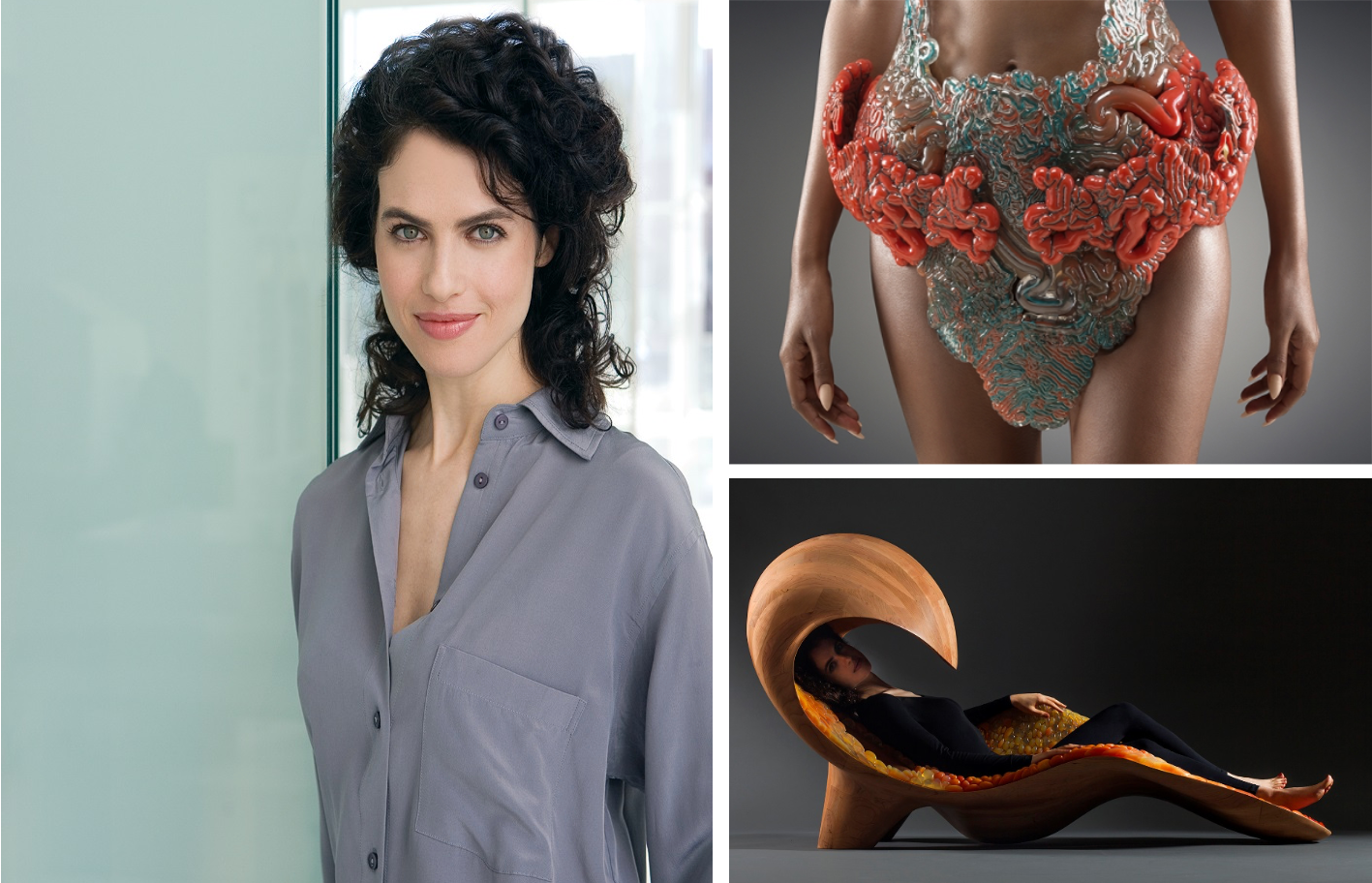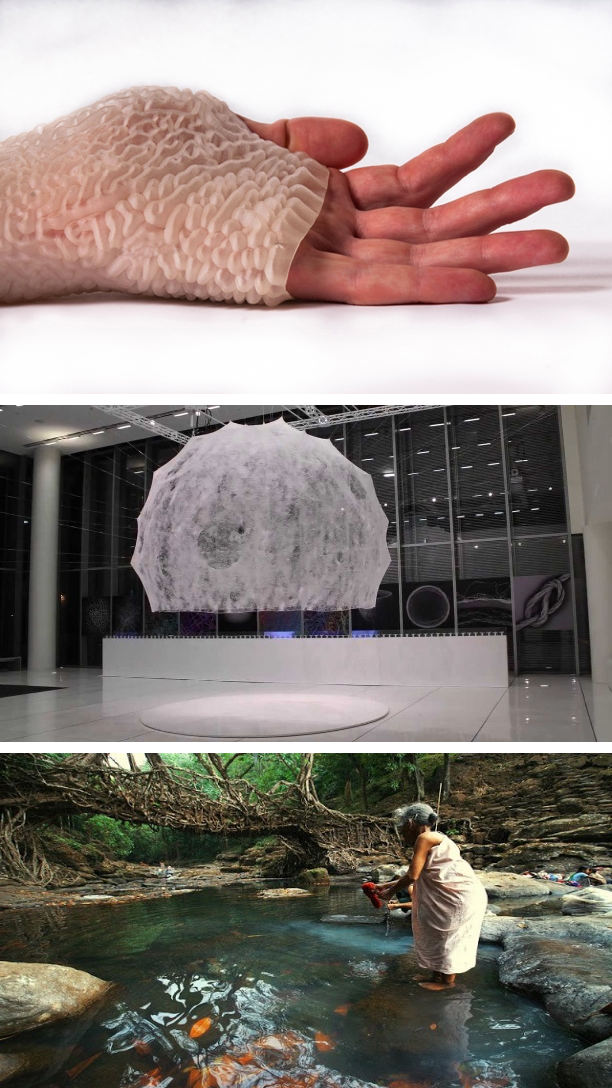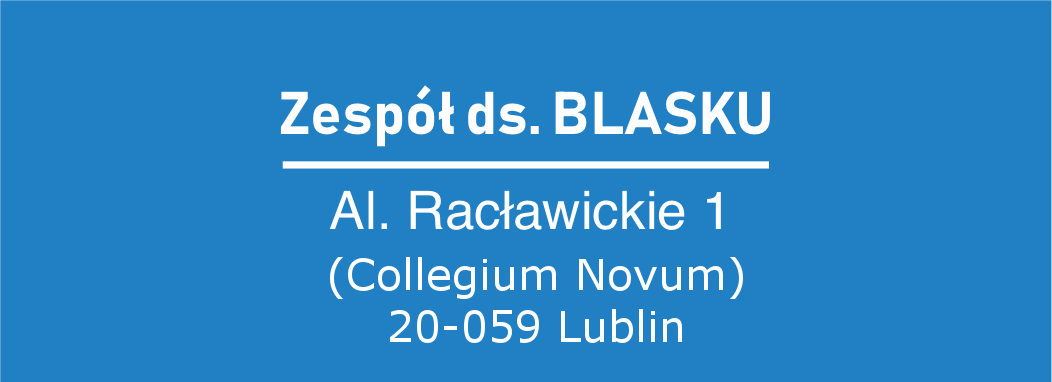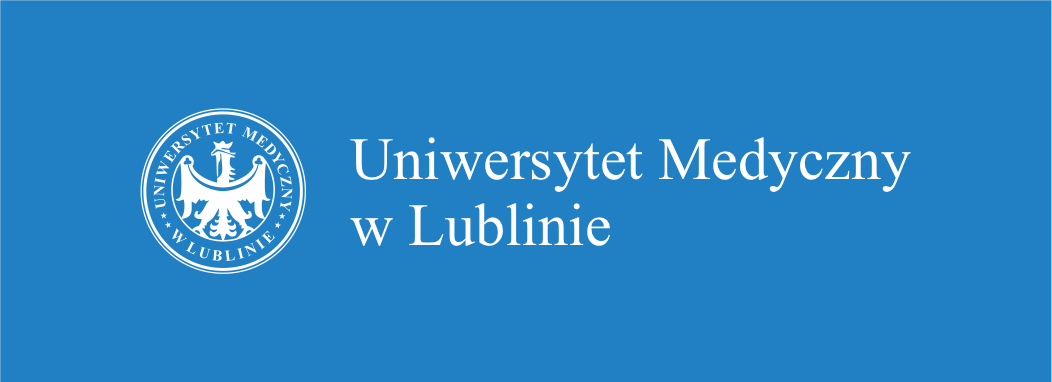Informator uniwersytecki
numer 010
grudzień 2021
★
3
Neri Oxman – mothering mother Nature
MIT’s Neri Oxman’s Bio - Design
born 1976 is an American–Israeli architect, designer, and professor at the MIT Media Lab, where she leads the Mediated Matter research group. She is known for art and architecture that combine design, biology, computing, and materials engineering.
born 1976 is an American–Israeli architect, designer, and professor at the MIT Media Lab, where she leads the Mediated Matter research group. She is known for art and architecture that combine design, biology, computing, and materials engineering.

Her work embodies environmental design and digital morphogenesis, with shapes and properties that are determined by their context. She coined the phrase "material ecology" to define her work, placing materials in context. Stylistic trademarks include brightly colored and textured surfaces with structure at many scales, and composite materials whose hardness, color, and shape vary over an object. The results are often designed to be worn or touched, and inspired by nature and biology. On becoming a professor in 2010, Oxman founded the Mediated Matter research group at the MIT Media Lab. There she expanded her collaborations into biology, medicine and wearables.

Design examples
Mushtari (Jupiter)is the largest planet in the Solar System with a mass two and a half times greater than the mass of all other planets in the Solar System combined. Named after the king of the gods, its Arabic name reflects is vastness (Mushtari مشتري means huge, giant). Designed as a single strand filled with living matter inspired by the form and function of the human gastrointestinal tract, this wearable is designed as a an organ system for consuming and digesting biomass, absorbing nutrients and expelling waste. The peristaltic movement of matter within 3D printed translucent tracts is designed to support the flow of cyanobacteria engineered to convert daylight into consumable sucrose.
Gemini - an acoustical chair - explores multiple scales of the human existence extending from the warmth of the womb to the stretches of the Gemini zodiac in deep space. The design is rooted in the mythical relationship between twins; one is mortal - born of man, the other divine. Made of two material elements, the chair forms a semi-enclosed space surrounding the human with a stimulation-free environment, recapitulating the ultimate quiet of the womb as it echoes our most inner voices.
Carpal Skin
Mushtari (Jupiter)is the largest planet in the Solar System with a mass two and a half times greater than the mass of all other planets in the Solar System combined. Named after the king of the gods, its Arabic name reflects is vastness (Mushtari مشتري means huge, giant). Designed as a single strand filled with living matter inspired by the form and function of the human gastrointestinal tract, this wearable is designed as a an organ system for consuming and digesting biomass, absorbing nutrients and expelling waste. The peristaltic movement of matter within 3D printed translucent tracts is designed to support the flow of cyanobacteria engineered to convert daylight into consumable sucrose.
Gemini - an acoustical chair - explores multiple scales of the human existence extending from the warmth of the womb to the stretches of the Gemini zodiac in deep space. The design is rooted in the mythical relationship between twins; one is mortal - born of man, the other divine. Made of two material elements, the chair forms a semi-enclosed space surrounding the human with a stimulation-free environment, recapitulating the ultimate quiet of the womb as it echoes our most inner voices.
Carpal Skin
is a prototype for a protective glove to protect against Carpal Tunnel Syndrome, a medical condition in which the median nerve is compressed at the wrist, leading to numbness, muscle atrophy, and weakness in the hand. Night-time wrist splinting is the recommended treatment for most patients before going into carpal tunnel release surgery. Carpal Skin is a process by which to map the pain-profile of a particular patient—its intensity and duration—and to distribute hard and soft materials to fit the patient’s anatomical and physiological requirements, limiting movement in a customized fashion. The form-generation process is inspired by animal coating patterns in the control of stiffness variation.
The Silk Pavilion explores the relationship between digital and biological fabrication on product and architectural scales. The primary structure was created of 26 polygonal panels made of silk threads laid down by a CNC (Computer-Numerically Controlled) machine.
Living root bridges are a form of tree shaping common in the southern part of the Northeast Indian state of Meghalaya. They are handmade from the aerial roots of Rubber Trees.
The Silk Pavilion explores the relationship between digital and biological fabrication on product and architectural scales. The primary structure was created of 26 polygonal panels made of silk threads laid down by a CNC (Computer-Numerically Controlled) machine.
Living root bridges are a form of tree shaping common in the southern part of the Northeast Indian state of Meghalaya. They are handmade from the aerial roots of Rubber Trees.
So maybe it is high time we mothered mother nature? And utilize its natural way of design?
Piotr Flieger
Department of Foreign Languages
Did you liked it?
Check Piotr's previous articles:
Extreme love - dementia
Oh! Women in science...
Just, stop...
Comfortably… alive!
The Edge of Life
E. H. — the Vampire of Silicon Valley
Beauty
Ladies and gentlemen - This is water!
Kisses in a box
Tricks and manipulation strategies the humans employ
© 2022 Centrum Symulacji Medycznej UM w Lublinie






